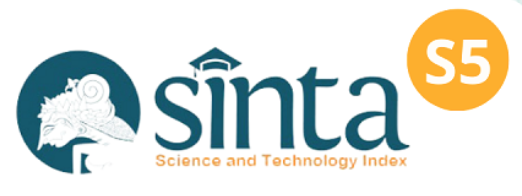Identifikasi Tingkat Kematangan Buah pada Tanaman Kelapa Sawit Menggunakan Algoritma Convolutional Neural Network dan Pendekatan Deep Learning
Keywords:
Palm Oil, Convolutional Neural Network, MOBILENET, Adam, RMSPropAbstract
Palm oil quality is largely determined by the free fatty acid (FFA) content, which is influenced by the ripeness of the fruit. Traditionally, determining the ripeness level of palm oil fruit relies on visual inspection by experts, which is time-consuming and dependent on individual skill. To address this, a system has been developed using the Convolutional Neural Network (CNN) method to automate the ripeness classification process. This study focuses on classifying palm oil fruit into three categories: ripe, unripe, and overripe, using a dataset of 1,380 images with 460 images per class. The dataset was split into 80% training data and 20% validation data. The CNN architecture employed was MobileNetV2, known for its simplicity and low computational complexity. Images were resized to 224 x 224 pixels, and two optimizers—Adam and RMSProp—were compared with learning rates of 0.001 and 0.0001 over 30 epochs. The best results were achieved using the Adam optimizer with a learning rate of 0.001, yielding a training accuracy of 91% and a test accuracy of 87%. This shows promising potential for automated palm oil fruit ripeness detection.
Downloads
Published
Issue
Section
License
Copyright (c) 2024 William Owen Wijaya, Dhanny Rukmana Manday, Agrifa Insani Napitupulu, Mardi Turnip, Saroha Manurung

This work is licensed under a Creative Commons Attribution-NonCommercial 4.0 International License.








